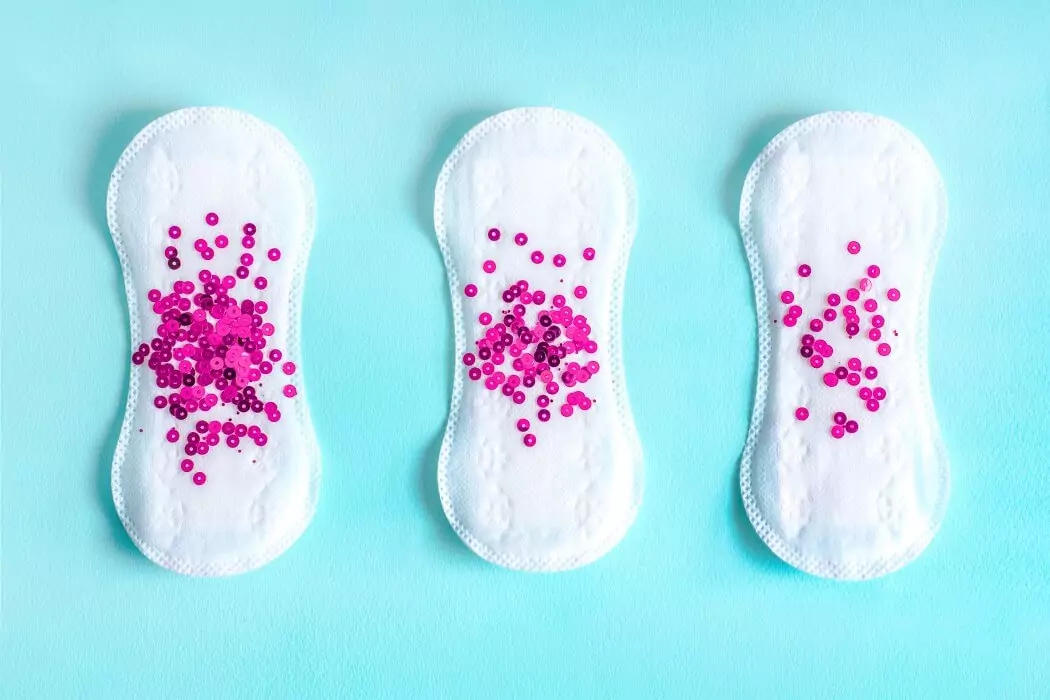Pads, those familiar rectangles of absorbent material, are synonymous with menstrual hygiene. But their versatility extends far beyond their primary purpose, offering comfort and convenience in surprising ways. Whether it’s postpartum bleeding, wound care, incontinence support, or even makeup removal and cleaning tasks, pads have a diverse range of applications beyond periods. This article finds out unexpected uses of pads, exploring their benefits and highlighting sustainable alternatives for a more eco-conscious approach.
Contents
What are Pads used for?
Pads are primarily used for absorbing menstrual blood during periods, but they also have several other uses:
1. Menstrual hygiene:
- Absorbing menstrual blood during periods
- Providing comfort and leak protection
- Managing postpartum bleeding after childbirth
2. Medical and personal care:
- Absorbing blood and discharge from minor wounds or surgical incisions
- Providing support and comfort for individuals experiencing incontinence
- Absorbing excess sweat under armpits or other areas
- Removing stubborn makeup, especially eye makeup
- Cleaning surfaces, absorbing spills, and cleaning delicate objects

How to Use Pads?
Pads are essential menstrual hygiene products, but knowing how to use them properly can ensure comfort, leak protection, and hygiene. Here’s a step-by-step guide:
Before Using:
- Wash your hands thoroughly with soap and water to prevent the spread of bacteria.
- Gather your supplies: You’ll need a clean pad, a wrapper or disposal bag, and optional adhesive wipes (for extra security).
- Find a comfortable position: Sitting or squatting can help with pad application.
Applying the Pad:
- Remove the adhesive strip: Carefully peel the backing off the adhesive strip on the bottom of the pad.
- Position the pad: Place the sticky side of the pad against the center of your underwear crotch, with the wider end facing your back.
- Press firmly: Smooth the pad onto your underwear, ensuring it’s firmly secured and comfortable.
- Fold the wings (optional): Some pads have wings that can be folded inwards and secured to the underside of your underwear for additional leak protection.
- Wash your hands again after applying the pad.
Changing the Pad:
- Wash your hands.
- Unfasten the pad: Peel the wings (if applicable) and slowly remove the pad from your underwear.
- Wrap the used pad: Fold the used pad with the adhesive side inward and wrap it securely in toilet paper or the wrapper it came in.
- Dispose of the pad: Discard the wrapped pad in a waste bin. Do not flush it down the toilet.
- Wash your hands again.

Conclusion
Choosing the right sanitary pad is essential for comfort, hygiene, and overall well-being during menstruation. By understanding how pads provide protection, control odor, and maintain menstrual health, you can confidently manage your periods and prioritize your comfort and well-being.
FAQs
What else can pads be used for?
Sanitary pads can be helpful when packing up glassware for moving. They can also be used as an ice pack by soaking them in water, freezing them, and placing them in a plastic baggy. Additionally, they can be used as a potty training accessory.
When should girls wear pads?
Girls can wear pads whenever, either on or off their period. Pads can be used as backup support for those times when they are uncertain about when their period is going to start.
Can you put a pad in a diaper?
It is important to use products specifically designed for double padding. Regular pads have an absorbent side and a plastic, moisture-barrier side. If you use a regular pad, it will soon overflow as the moisture barrier prevents it from soaking through to the adult diaper.
Can I sleep with pads on?
If you use pads, look for overnight pads that are thicker, longer, or wider. These will cover more of your vulva area while you sleep, regardless of whether you sleep on your front or back. Cheeky Wipes bamboo reusable pads are perfect for overnight use as they are the most absorbent in the range.
I am a medical student with experience and interest in Women’s health and well-being.